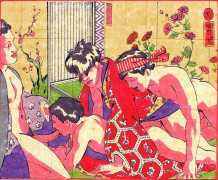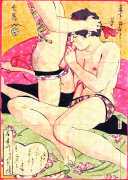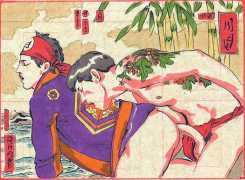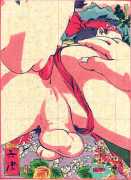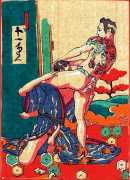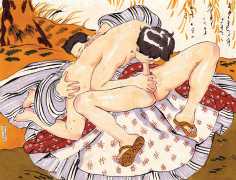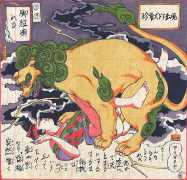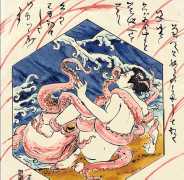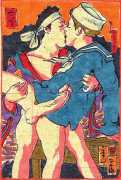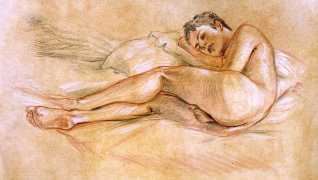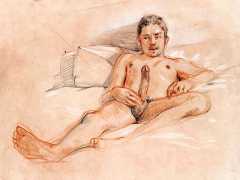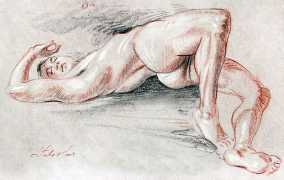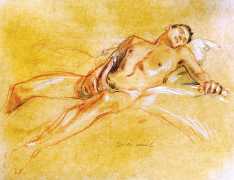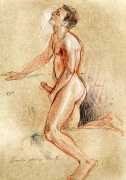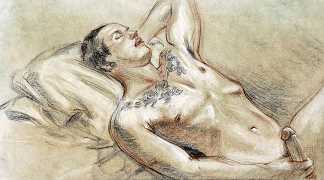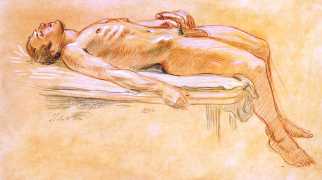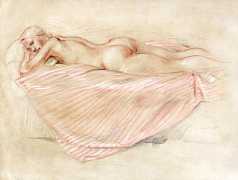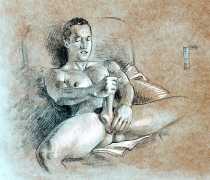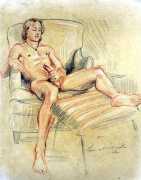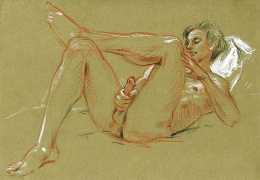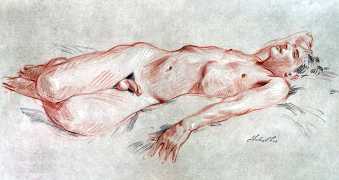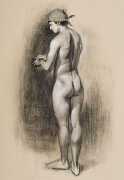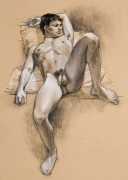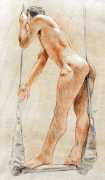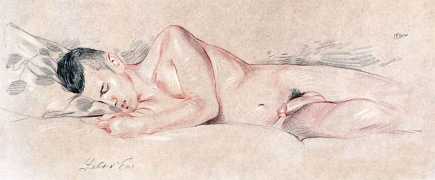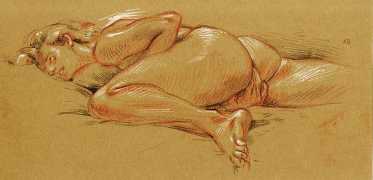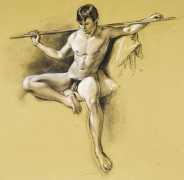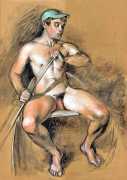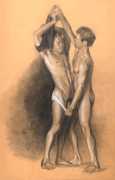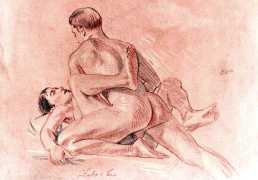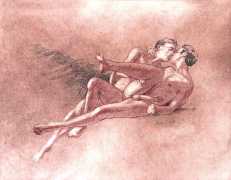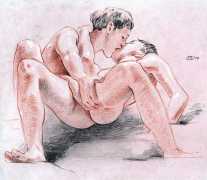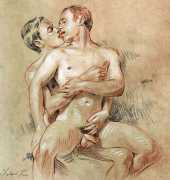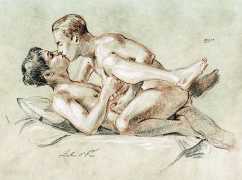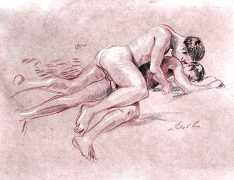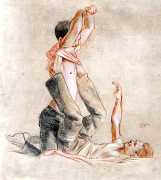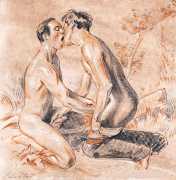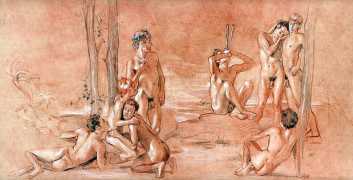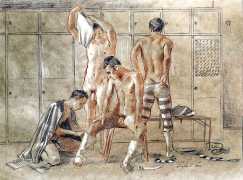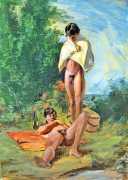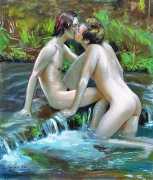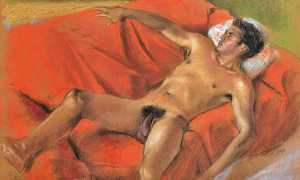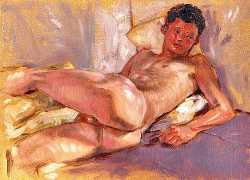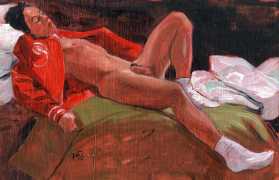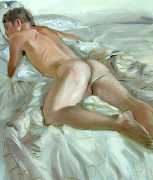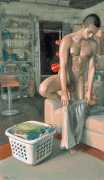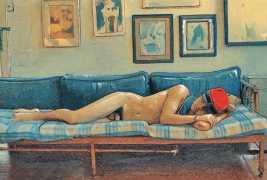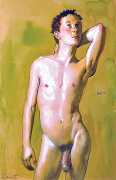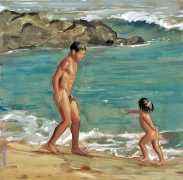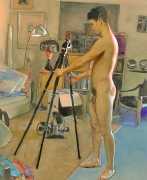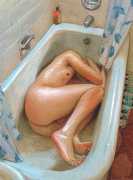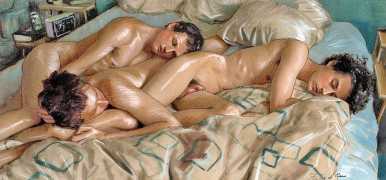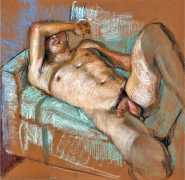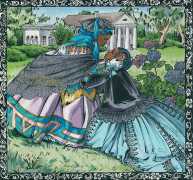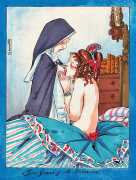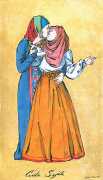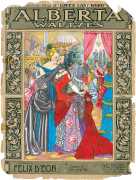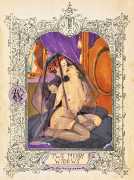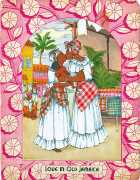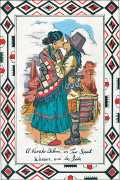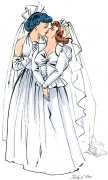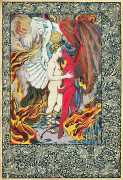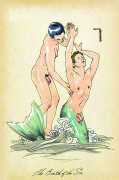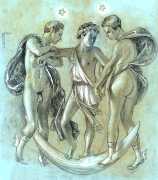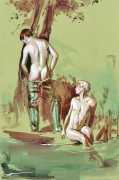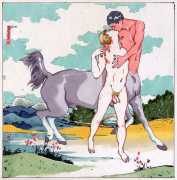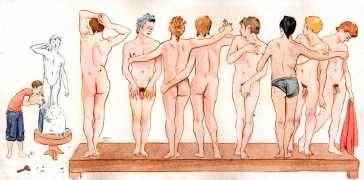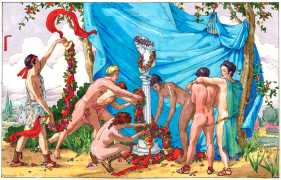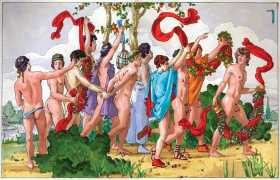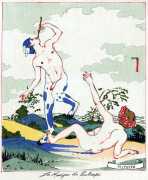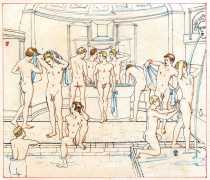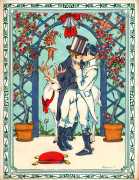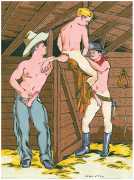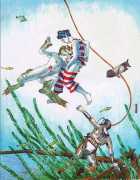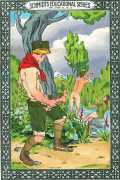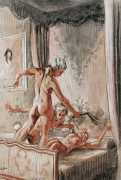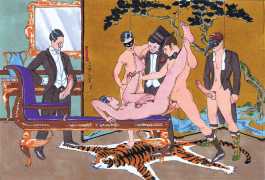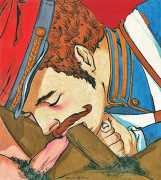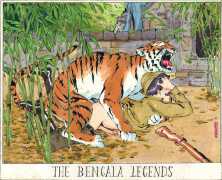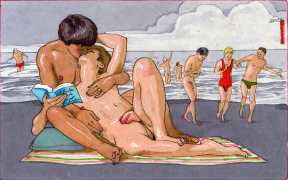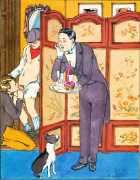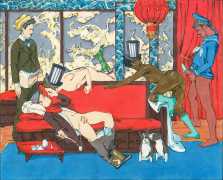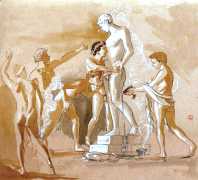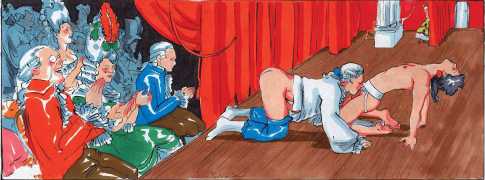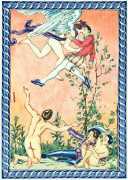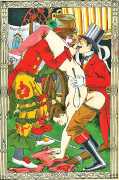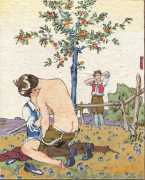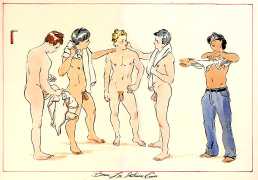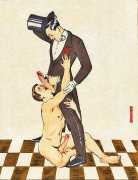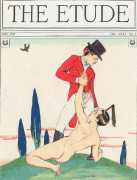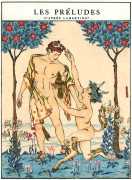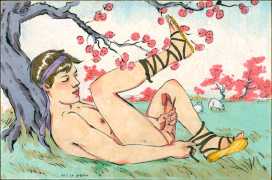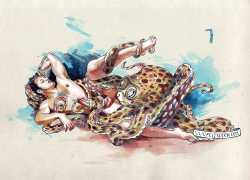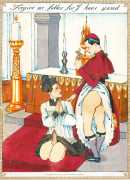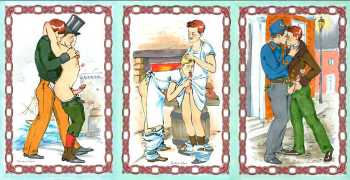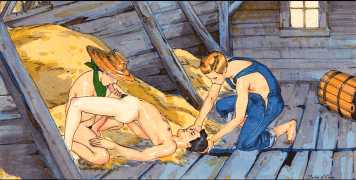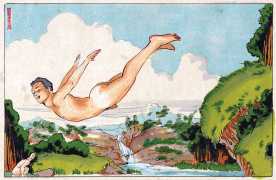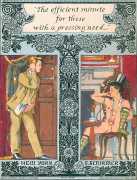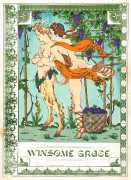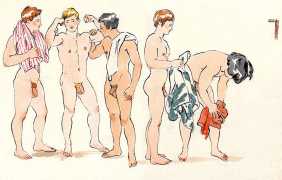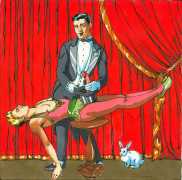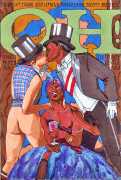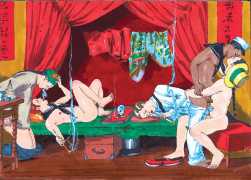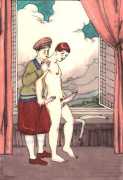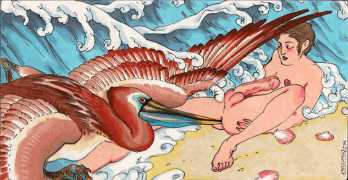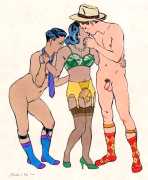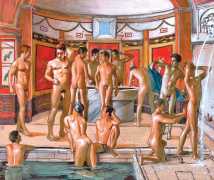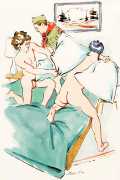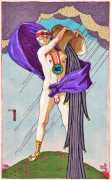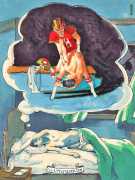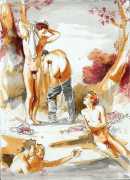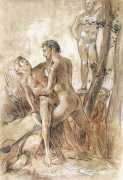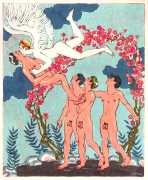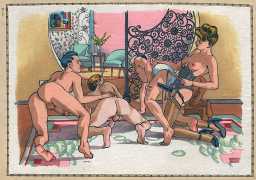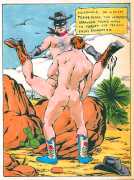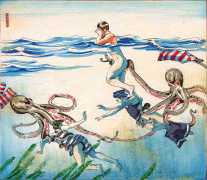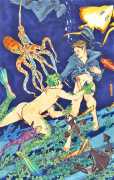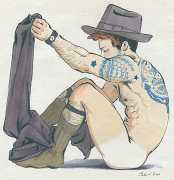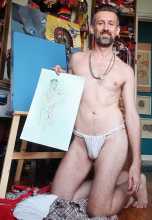 Born in Guadalajara in Mexico, Félix d’Eon has a Mexican mother and a French father. After the death of his father when he was still a child, the family moved to the Pacific Palisades area in Los Angeles. Félix showed an early aptitude for art and while in high school began drawing fellow students, boyfriends, and other members of his swim team.
Born in Guadalajara in Mexico, Félix d’Eon has a Mexican mother and a French father. After the death of his father when he was still a child, the family moved to the Pacific Palisades area in Los Angeles. Félix showed an early aptitude for art and while in high school began drawing fellow students, boyfriends, and other members of his swim team.
At fifteen his mother enrolled him in figure drawing courses at a local community college, but shortly afterwards Félix and his brother ran away from home and spent nearly a year living on a beach in Mexico, then working as street portrait artists and on occasion as ‘kept boys’. After returning to Pacific Palisades and graduating from high school, Félix moved to San Francisco, where he graduated with honours from the Academy of Art University.
Since then he has spent time in various cities around the world, including New Orleans (where the brothers worked as strippers at The Corner Pocket), New York (a job as an erotic cake decorator), Milan, Italy (a kept boy), Tennessee (a gentleman farmer), and Buenos Aires (a man of leisure). His permanent home is in Mexico City, where – as he described in a recent artcle – he lives with two lesbian roommates, a charming servant, a former boyfriend, occasional lovers, and two cats.
In a 2020 interview with Félix d’Eon by Omar Nasir in Gayletter, which you can read in full here, Nasir writes:
Using politically fuelled humour and nostalgia for the Edwardian era’s blurred binaries, Mexican-American artist Félix d’Eon penetrates the queer landscape, uniting the past with the modern in his unmistakably potent perspective. The artist transposes seemingly chaste scenarios and interweaves sex-positive acts into a titillating statement of LGBTQ visibility. Creating a vernacular that normalises queer desire and eradicates social stigma, d’Eon’s work is innately celebratory in ethos and intention.
Tell us how your work differs from other queer representations.
My work is almost like unsubverting queerness. Many of my paintings have a style of a vintage children’s book illustration. There’s a wholesome feeling when you’re looking at it – whether I’m painting an old queer couple kissing in a vintage setting or a super-erotic kinky sex scene. In either case, there is a sense of wholesomeness. My work is also body-positive and sex-positive. Whereas some queer work depicts homosexuality as somehow shameful, my work strips sex and queer bodies of that historical shame.
How are you hoping to dispel stigmas of sexuality?
I like to imagine a painting of mine popping up on a Facebook feed of a conservative grandma in the Mid-West looking at a Victorian painting of two lesbians in ballgowns giving each other a chaste kiss in the lips and realising her homophobia is misplaced. The point is to trick you into thinking that queerness was as acceptable in the past as it is now. I want to give our history a visual reference.
Why do you choose to inject humour into a subject matter most artists want to be serious about?
I like to make artwork that is serious, but I do spend half my day giggling about what I’m painting. I’m a very positive person. To be queer for most people means to suffer in some way. A lot of the queer community grow up being ashamed of themselves and it’s hard not to internalise that. My work is about making queerness hot, sexy, and funny. It’s about stripping away the pain and juxtaposing absurd social realities with humour.
As an artist working through queer forms, how important is trans-representation?
My work is about inclusivity. When I travelled to California I searched for trans models. I wanted to find out how they wanted to be represented. In doing that, I’ve made many trans friends who have educated me about their realities. It’s important that my work speaks to the trans community. I want to make paintings that represent the queer community as a whole. It’s all about acceptance, love, and being open-minded.
Félix d’Eon’s Instagram page, where he regularly shows new work, can be found here, and his Etsy merchandise shop here.
We are very grateful to our Russian friend Yuri for supplying many of the images in these portfolios.




